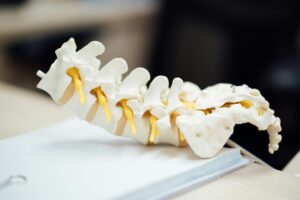If you’ve ever had low back pain, you’re not alone—up to 80% of adults experience it at some point. The good news is that most people recover well, especially when they get the right type of care early on. The latest clinical practice guidelines outline the best strategies to help people manage and prevent low back pain.
1️⃣ Not all back pain is the same.
Back pain can come from different causes—muscle strain, stiffness, nerve irritation, or changes in movement control. Your physical therapist evaluates these patterns to match you with the right treatment.
2️⃣ Keep moving—don’t rest too long.
Prolonged bed rest can make pain worse. Gentle movement, stretching, and light activity promote healing. Even when pain is present, safe activity helps the spine and nervous system recover.
3️⃣ Exercise works.
Core and trunk strengthening, flexibility, and endurance training reduce pain and improve function. Your PT will guide you through exercises that retrain coordination and support your spine.
4️⃣ Manual therapy and targeted exercises help restore motion.
Joint mobilization or repeated movement techniques can relieve stiffness and improve mobility, especially in the early stages of pain.
5️⃣ Mindset matters.
Fear of movement, stress, and negative beliefs about back pain can lead to chronic symptoms. Education, reassurance, and gradual exposure to movement help build confidence and prevent disability.
6️⃣ Prevention is part of the plan.
Since back pain often recurs, therapy focuses on long-term habits—maintaining fitness, improving posture, and managing stress—to keep you active and pain-free.
💪 The Bottom Line:
Low back pain is common, but it doesn’t have to control your life. With early physical therapy and a whole-person approach, most people recover fully and stay active.
If back pain is holding you back, we can help you move freely and confidently again. Schedule your personalized evaluation today and take the first step toward lasting relief and prevention.






